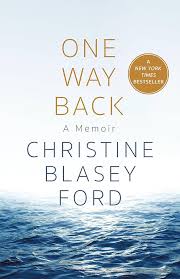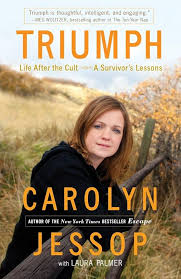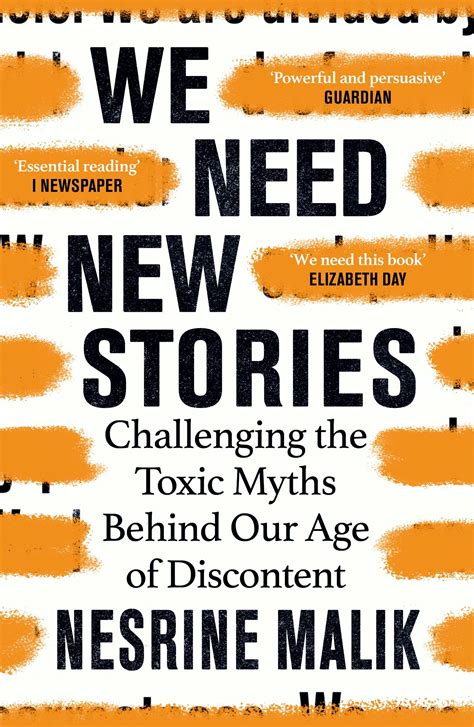A few years into the Trump presidency, two Harvard University professors of government, Steven Levitsky and Daniel Ziblatt wrote How Democracies Die. The book was a best-seller, calling out the decline in tolerance and respect across political party divides. The pair followed that effort in 2023 with Tyranny of the Minority. Equally popular, this volume highlights historical crises to make arguments for deep structural reform in the American machinery of government.
The authors frame current political conditions through a particular lens. They believe that as the US has been moving to a multiracial democracy, whites have led a retreat from democracy and embraced an authoritarian alternative. They stress that the US’s embrace of extremism stands apart from other countries and that America’s backsliding from democracy is unique. The US Constitution, the book argues, is a key reason. Institutions do not save democracy, the authors stress. Instead, they claim that it is people and action.
Tyranny of the Minority draws on historical examples from countries other than the US. Levitsky is a comparative political scientist and Ziblatt has studied conservative parties in Europe. They note that in healthy democracies, the peaceful transfer of power in paramount. Looking at American history, they stress the difficulties the Federalists faced in 1800. They believe that the peaceful transfer of power is easier when the losing party believes that it stands a chance of winning in the future and that losing will not lead to catastrophe. These are not rules but instead observations drawn from historical examples at the national level.
The authors also draw comparative examples from France in 1934. At the time, a period of significant economic hardship across many countries, there were widespread politically motivated riots and little accountability afterwards. Levitsky and Ziblatt identify semi-loyal democrats, leaders whose commitment to democracy wavers in the face of opportunity, as one of the greatest threats in times of conflict. Weak democrats (small “d”) provide the environment for authoritarianism to grow. Authoritarianism, they believe, is “banal” and tolerated to a dangerous degree.
From that point, the authors pivot to ways that authoritarians and weak democrats can erode democracy: exploit gaps in rules, excessive use of the law, selective use of law enforcement, and “lawfare,” the creation of laws that go after political opponents. They draw on US history to demonstrate that this has happened in America, in the failures of Reconstruction and especially through the riots/coup in Wilmington, NC, in the 1890s.
The book then jumps to contemporary American politics, noting that the current Republican party has changed dramatically. The authors believe that the source of the shift stems from America’s growth of a multiracial democracy. Issues of class do not figure in the argument. Rather, white fear, exacerbated by the Obama presidency, is identified as the culprit. Radicalization of the GOP took place through primaries, moving the party farther and farther to the right with each campaign. Trump accelerated the process. As a consequence, the authors affirm, the Republican party today is not in alignment with key democratic principles: accept the results of fair elections, reject the use of violence to gain power, and have no ties with antidemocratic extremists.
And what of majorities? Tyranny of the Minority highlights the many ways in America that majority impulses are constrained by the courts, the constitution, as well as laws and practice. The authors admit that majorities do need limits in healthy democracies, especially when it comes to civil liberties and in the rules of democracy itself. For example, a law that facilitates someone staying in power indefinitely is not acceptable. Going deeper into the scholarship, the book references Melissa Schwartzberg, who has studies how supermajority rules can advance the rights of specific minorities. As an example, think about white slaveholders in the 1800s or wealthy farmers securing water rights.
Getting to the heart of the matter, the book underscores the many provisions in the constitution that limit the power of majorities. Known to everyone who has studied basic government in high school, they include the formation of states, the bicameral US Congress and Senate, the Electoral College and much more. With the oldest form of government on the planet, America has not addressed these deep anti-majority provisions, the authors argue. What remains, or has remained in the United States, is minority rule. Two examples put forward include abortion/reproductive rights and gun control, issues where the majority of Americans have opinions that are in conflict with law and policy. However, Levitsky and Ziblatt are not concerned about this tension. Instead, they worry that the minority will subvert laws to become permanently entrenched.
Other countries have navigated these changes. The US has not and the stumbling block, the authors assert, is the difficulty of amending the Constitution. Their call, accordingly, is to change and become a multiracial democracy or not be a democracy at all. The authors push for expanding and insuring the right to vote, making sure that majorities who win elections do get to rule, and a number of other changes, from ending the Senate filibuster to judicial terms limits.
Tyranny of the Minority is written clearly in a matter-of-fact tone. Its description of America’s current problems is well-reasoned and the book’s call for attention and reform of the nation’s machinery of government is timely. Moreover, the author’s contextualization of the US within global and historical examples is commendable. Far too often implicit American exceptionalism clouds analysis.
On the other side of the ledger, I have concerns with the book’s use of historical examples and the authors’ diagnosis of America’s current political landscape. The term “democracy” does not appear in the Declaration of Independence or the US Constitution. That was not accidental. Understanding and appreciation of democratic norms have varied tremendously over the years. Implicit in the book is an assumption of wide understanding and appreciation of democracy, perhaps as hoped for during the Obama presidency. Instead, history illustrates, again and again, that democratic processes and assumptions are always being tested. Whether it is voting rights for people of color or women, or when and how certain decisions are made (referendum, judicial decision, initiative), democratic concepts are more fluid than the authors acknowledge.
Further complicating the book’s argument is the absence of appreciation of republican conceptions of government. The Constitution guarantees a “republican” form of government. Tyranny of the Minority would have been significantly stronger if the authors has given attention to an analysis of representative democracy as exercised through a republic. Likewise missing from the book’s big-picture argument are economics and financial concerns. The authors regularly write of multiracial democracy. They do not write about an inclusive democracy that affords rights to the poor. Many scholars believe that economic inequality is of equal if not greater importance to diagnosing America’s current political conflict.
Tyranny of the Minority rightly raises vital historical, political and policy issues that are central to keeping America’s democratic traditions alive and vibrant. Levitsky and Ziblatt deserve praise for making these issues accessible for public debate. However, the book is far from the definitive or last word on the issue.
David Potash










